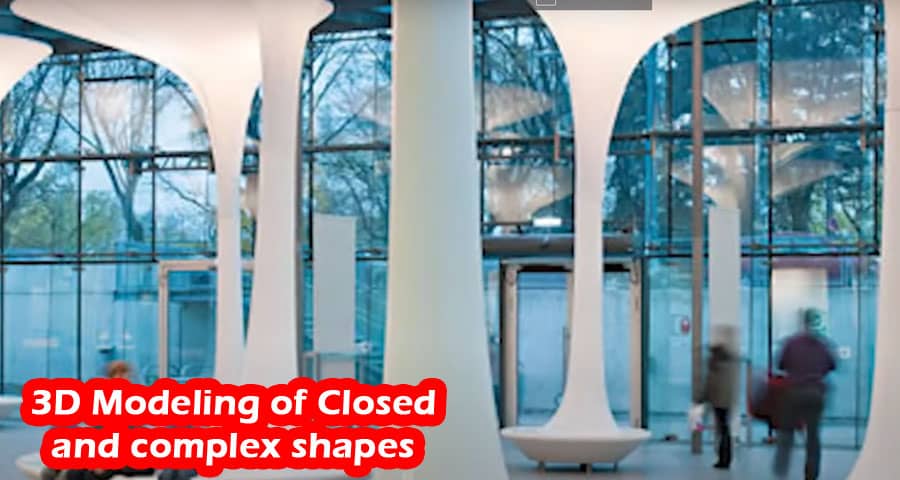In the realm of architectural and industrial design, 3D modeling serves as the cornerstone of innovation and precision. From conceptualizing skyscrapers to designing intricate machinery, the ability to render closed and complex shapes accurately is paramount.
Understanding the Basics of SketchUp
Before delving into the nuances of 3D modeling complex shapes, it’s imperative to grasp the fundamentals of SketchUp. Developed by Trimble Inc., SketchUp boasts a diverse array of tools and functionalities tailored to cater to the needs of architects, engineers, and designers across various industries.
- Navigating the Interface: Upon launching SketchUp, users are greeted by an intuitive interface characterized by its simplicity and accessibility. The toolbar, positioned prominently at the top of the screen, houses an extensive repertoire of tools essential for 3D modeling, including the Line, Rectangle, Circle, and Push/Pull tools.
- Leveraging SketchUp’s Core Features: SketchUp’s versatility stems from its robust feature set, which facilitates the creation of closed and complex shapes with precision and ease. The Push/Pull tool, for instance, enables users to extrude 2D shapes into three-dimensional forms seamlessly, while the Follow Me tool facilitates the creation of intricate geometries along paths.
Mastering Techniques for Modeling Closed Shapes
Achieving proficiency in 3D modeling closed shapes requires a strategic approach and a keen understanding of SketchUp’s capabilities. By employing a combination of techniques and best practices, designers can navigate the intricacies of closed shape modeling with confidence and efficiency.
- Employing Solid Modeling Principles: Central to modeling closed shapes in SketchUp is the concept of solid modeling, which entails creating watertight geometries devoid of gaps or voids. Utilizing tools such as the Offset and Intersect functions, designers can ensure that their models maintain structural integrity and are suitable for downstream processes such as 3D printing and CNC machining.
- Harnessing the Power of Plugins: In addition to its native tools, SketchUp offers a vast ecosystem of plugins and extensions that extend its functionality and streamline workflow. Plugins like Solid Inspector 2 and CleanUp³ enable users to identify and rectify geometric inconsistencies, ensuring that their models adhere to industry standards and specifications.
Exploring Advanced Techniques for Complex Shapes
While mastering the basics lays the foundation for 3D modeling closed shapes, exploring advanced techniques is essential for tackling more intricate designs. SketchUp’s versatility shines brightest when confronted with the challenge of modeling complex geometries, thanks to its robust toolset and extensibility.
- Utilizing Curvilinear Forms: From organic sculptures to curvilinear architectural elements, SketchUp empowers designers to bring their boldest visions to life with unparalleled precision. By leveraging tools like Bezier curves and the Sandbox toolkit, users can sculpt complex shapes with fluidity and grace, transcending the limitations of traditional CAD software.
- Embracing Parametric Modeling: Parametric modeling, a methodology rooted in computational design, offers designers unparalleled flexibility and control over their creations. With plugins such as Fredo6’s Curviloft and ThomThom’s Vertex Tools, users can manipulate geometry parametrically, allowing for iterative design exploration and rapid prototyping.
For more information, please watch the following video tutorial
Conclusion
In the ever-evolving landscape of 3D modeling, SketchUp remains a steadfast ally for designers seeking to push the boundaries of creativity and innovation. By mastering the art of modeling closed and complex shapes in SketchUp, designers can unlock a world of possibilities and elevate their craft to new heights.


